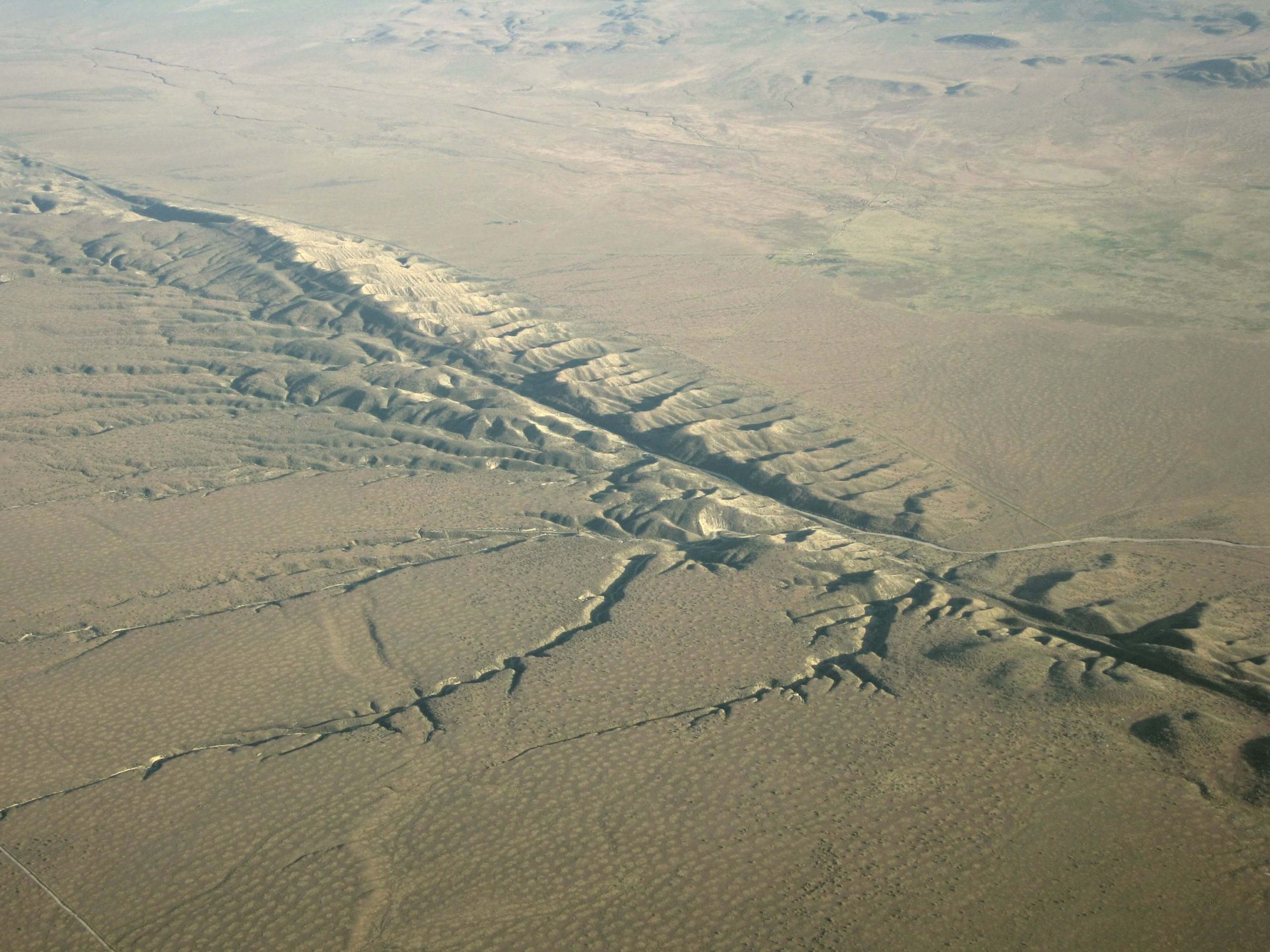
Every Time Something Major Happens, It Is An Excuse For Rioting, Looting And Violence
Are we headed for Civil War?
By: Michael Snyder | T.H.E.
We live at a time when it is expected that chaos will follow virtually every big event. In the aftermath of Hurricane Helene, there was looting. In the aftermath of Hurricane Milton, there was looting. The war in the Middle East has sparked wild protests and riots all over the country this year. And even if something really good happens, many people just consider it to be an excuse for even more rioting, looting and violence. For example, the Los Angeles Dodgers just won the World Series. But instead of celebrating peacefully, young men in Los Angeles looted stores and threw fireworks at police…
World Series celebrations descended into chaos in the early hours of Thursday morning in Los Angeles, with shops being looted by gangs and fireworks thrown at cops in the street.
Many of the rioters probably don’t even care much about baseball.
But once the Dodgers won, large numbers of people recognized as opportunity to run wild.
According to the LAPD, there was “looting at several stores in the area of 8th and Broadway”…
Looting broke out on the streets of Los Angeles on Wednesday night after the Los Angeles Dodgers beat the New York Yankees to win the 2024 World Series.
The Los Angeles Police Department (LAPD) said they had received reports of “looting at several stores in the area of 8th and Broadway” and people were urged to stay out of the area.
This has become way too common.
Kim Kardashian: “I’m A Reptilian.” … Albino Alligator Costume
When a team wins a major championship, it is basically expected that citizens of that city will start rioting and looting.
A Nike store that had actually been boarded up in order to prevent looting was hit really hard. We are being told that a “mob of looters” was seen “carrying merchandise and throwing it into cars”…
The Los Angeles Police Department shared footage of a mob of looters running in and out of a boarded-up Nike store carrying merchandise and throwing it into cars parked outside the store about four miles from Dodger Stadium just after 11 p.m.
If this is what they will do when they are “celebrating”, what will they do when they are extremely angry?
You might want to think about that.
In addition to looting stores, the rioters also set a city bus on fire…
As looters ransacked businesses, other areas of downtown Los Angeles were plunged into madness.
The LAPD said a “hostile crowd” — estimated at between 200 and 300 people — lit an MTA bus on fire about a mile from Dodger Stadium around 12:35 a.m. local time.
Footage posted to Citizen captured the moment a massive crowd — the majority of whom were wearing Dodgers jerseys and apparel — surrounded and sat atop the graffiti-laced bus.
Needless to say, what we just witnessed in Los Angeles is not even worth comparing to the chaos that could potentially follow this election.
Survey after survey has shown that Americans are extremely alarmed about what is coming, and that includes a new poll that was just released by the Associated Press…
American voters are approaching the presidential election with deep unease about what could follow, including the potential for political violence, attempts to overturn the election results and its broader implications for democracy, according to a new poll.
According to that poll, a large proportion of the country is very concerned about the possibility of post-election violence…
About 4 in 10 registered voters say they are “extremely” or “very” concerned about violent attempts to overturn the results after the November election. A similar share is worried about legal efforts to do so. And about 1 in 3 voters say they are “extremely” or “very” concerned about attempts by local or state election officials to stop the results from being finalized.
Relatively few voters — about one-third or less — are “not very” or “not at all” concerned about any of that happening.
At this point, it appears quit likely that Donald Trump will emerge victorious on November 5th.
To many on the left, that is literally the worst possible thing that could ever happen.
I know that this may sound a bit nuts to many of you, but this is how they actually see the world.
There has never been a politician that the left has hated more than Donald Trump, and if he wins this election after everything that has happened over the last eight years, for millions of Democrats it will feel like the world is ending.
And if President Trump attempts to crack down on post-election chaos after he is sworn in, it will just reinforce everything that the left believes about him. As Lee Smith has noted, we really are on the verge of a very troubling scenario…
Prominent post-election scenarios forecast such widespread rioting that the newly elected president would be compelled to invoke the Insurrection Act. With some senior military officials refusing to follow Trump’s orders, according to the scenarios, the U.S. Armed Forces would split, leaving America on the edge of the abyss.
By vilifying Trump as a despotic madman who must be stopped before he can commence his reign of terror, the regime’s propaganda apparatus not only slanders Trump but also pre-emptively threatens the reputation, as well as the livelihood and perhaps the liberty, of current military personnel. The point is to push the military against Trump: When the time comes to act, will you stand for democracy or side with a tyrant who sees the military only as an instrument to advance his personal interests?
Close to half the country is not going to want to be governed by whoever wins this election.
Unless you are completely and utterly delusional, you should be able to see that this is a major problem.
We are headed for unprecedented societal chaos no matter how this election turns out.
I wish that it wasn’t true, but we are a deeply, deeply divided nation.
For a long time I have been urging everyone to find a way to love one another even though we don’t agree on everything.
But people like me are being drowned out by those that are preaching hate, division and revenge.
Now we are about to reap what we have sown, and it will not be pleasant.
* * *
Michael Snyder’s BOOK
Michael Snyder’s “WHY” dives deep into the questions so many of us are asking in today’s chaotic world. Packed with compelling evidence for the Christian faith, this book is a powerful tool for anyone searching for truth or wanting to strengthen their beliefs. Whether you’re a believer or a sceptic, “WHY” offers a thought-provoking exploration you can read in a few hours—but its impact will last much longer. Perfect for sharing with others, it’s a must-read for anyone ready to see the world through a fresh, faith-centred perspective.
* * *
In a world so divided, what beliefs anchor you?
* * *
NEXT UP!
The Ground Is “Moving” So Rapidly In One Part of Southern California That A “State of Emergency” Has Been Declared
If the ground under your feet is moving “up to 10 inches a week”, that might be a sign that it is time to relocate. What is currently taking place in Rancho Palos Verdes is perhaps the most extreme example of the geophysical instability that is plaguing much of the state of California at this point. Rancho Palos Verdes is about 30 miles away from downtown Los Angeles, and the constant “land movement” in that community is busting gas lines, causing homes to sink, and creating enormous cracks in the roads. If you were to walk through Rancho Palos Verdes right now, you would see that it currently looks like something out of a science fiction movie.
* * *
A MUST READ! Russia Is Literally Threatening Us With World War III, But Most People In The Western World Don’t Seem To Care
Telegram: Stay connected and get the latest updates by following us on Telegram!
We’d love to hear from you! If you have a comment about this article or if you have a tip for a future Collective Spark Story please let us know below in the comment section.



In a world so divided, what beliefs anchor you?